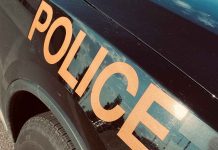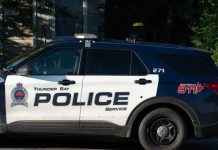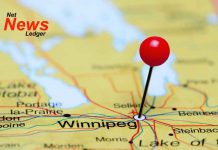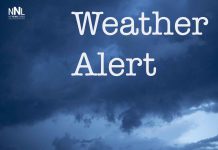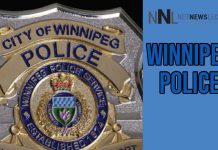Problems between police, Indigenous community getting worse
WINNIPEG – Winnipeg police have shot and killed three Indigenous people in 10 days.
On April 8, 16-year-old Eishia Hudson died at an intersection on Lagimodiere Boulevard, after police officers chased a group of teens driving a stolen SUV after a reported liquor store robbery.
Less than 12 hours later, 36-year-old Jason Collins died when police responded to a call of domestic violence at a home on Anderson Avenue.
On April 18, 22-year-old Stewart Andrews died after officers encountered two men in the Maples after an alleged robbery and assault and broken windows at an apartment complex.
All three shootings, because they involve the police, will be investigated by the provincial watchdog, the Independent Investigation Unit of Manitoba.
During a news conference for the Hudson and Collins shootings, Winnipeg Police Service Chief Danny Smyth called the incidents an “anomaly” and “unrelated events in separate parts of the city.”
The problem is, all three officer-involved shootings aren’t an anomaly, and they are related.
A 2018 CBC investigation reported 60 per cent of all police-related deaths spanning 2000-17 involved Indigenous victims and were a product of over-policing, poverty and cycles of over-incarceration and over-representation in the justice system.
Ten recent days in April illustrate little has changed.
All three people shot to death by police are Indigenous. All were of different ages and socio-economic backgrounds — so it’s not just poverty to blame. While all of the victims are accused of crimes, their families dispute the accounts of police.
There are deep, lingering questions surrounding whether officers were at risk when Hudson was shot after the vehicle she was in crashed. (See Melissa Martin’s Free Press column April 18, in which she writes about the call by the Indigenous Bar Association for an “independent inquiry” into Hudson’s death.)
The details regarding the shooting death of Collins are also confusing.
When officers arrived at the residence, they heard a woman screaming, which led them to enter the home, police said. There they found Collins, allegedly with a gun, his wife, and Collins’ teen daughter Tianna.
The teen told the CBC “there was prescription drug use in the house” and “there was an argument” between her father and his wife. Tianna said she was screaming, “Please don’t shoot him,” insinuating police had already entered the home.
Police left the house to “de-escalate” the situation, according to Smyth; 40 minutes later Collins was shot outside, allegedly holding a weapon, which the family claims was a BB gun.
The fatal shooting of Andrews leaves lingering questions, as well. Police claim there were weapons present when they encountered Andrews and a 16-year-old companion, but those are all the details available.
The teen male has been charged with robbery and other firearm-related offences.
As reported by the Free Press, the behaviour of the 22-year-old father that night was completely out of character.
“He wasn’t a thug. He wasn’t a bad guy,” his girlfriend, Angel Taylor, said.
This all leads to waiting for reports from the IIU, an organization that inspires little confidence.
“If you look at what’s been uncovered about the makeup and findings about the IIU, few in the community think they’re impartial,” Michael Champagne, Indigenous community organizer of the peace march Meet Me at the Bell Tower, said Monday.
(For more, see Free Press reporter Ryan Thorpe’s investigations on the IIU over the past two years, revealing serious problems — ineffectiveness, and a lack of “independence” — plaguing the civilian-led body.)
Now, though, with the stress of a pandemic on top of everything else, the pre-existing issues between Indigenous peoples and police are getting worse, and people are paying with their lives.
“The relationship between Indigenous peoples and the police is the worst it’s been in years,” Champagne said. “It’s clear the police need help building relationships.”
He is calling for immediate partnerships with community organizations that perform crime prevention in the city but are shut down due to the COVID-19 pandemic.
“It’s clear that the trauma is increasing,” Champagne said. “And solutions must be found with us, not for us.”
Many have said the COVID-19 pandemic will have an impact for years.
To be honest, I’m just worried about 10 recent days — and the days to come.
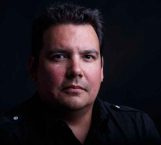 Niigaan Sinclair
Niigaan Sinclair
Originally appeared in the Winnipeg Free Press in April 2020. Republished with the permission of the author.
The views, opinions, and positions expressed by all columnists and contributors are the author’s alone. They do not inherently or expressly reflect the views, opinions and/or positions of NetNewsLedger.


